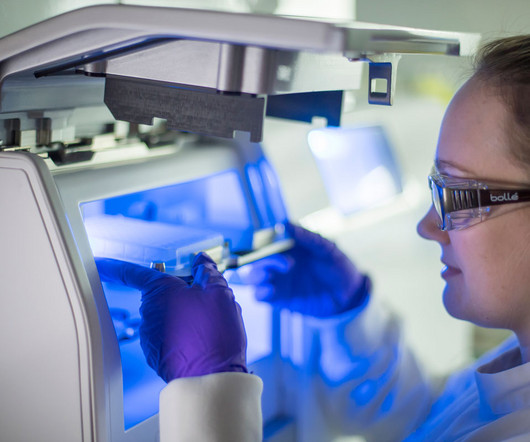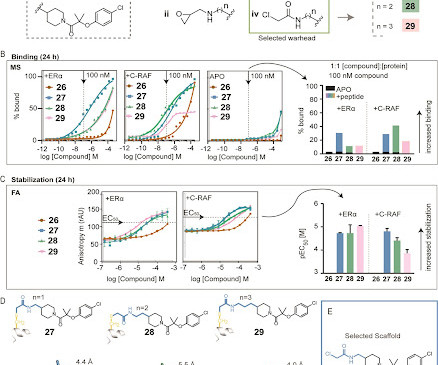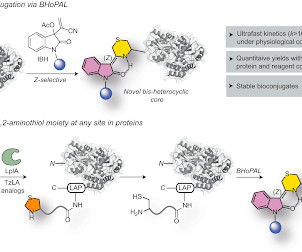Biophysics
Sygnature Discovery
JUNE 17, 2024
Comprehensive Assay Development for Diverse Applications Our team here at Sygnature Discovery, comprised of expert biophysicists, is highly experienced in a variety of target classes and drug modalities. Sygnature Discovery’s Biophysical Assay Development Capabilities: 1.













Let's personalize your content